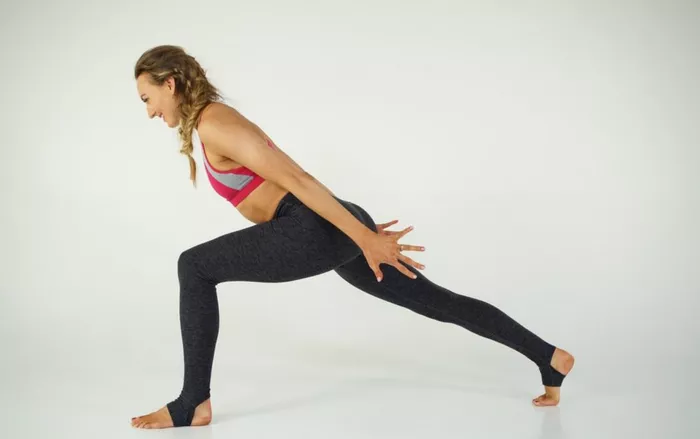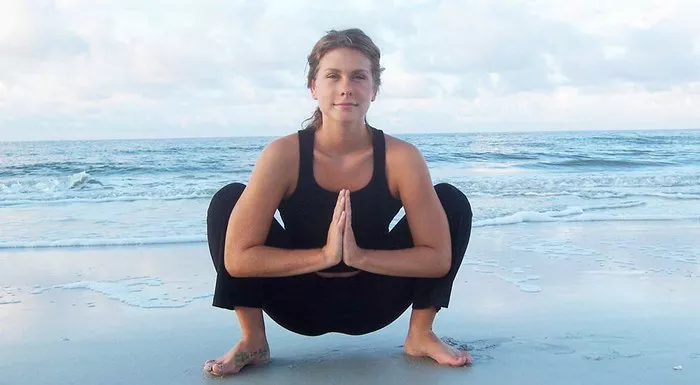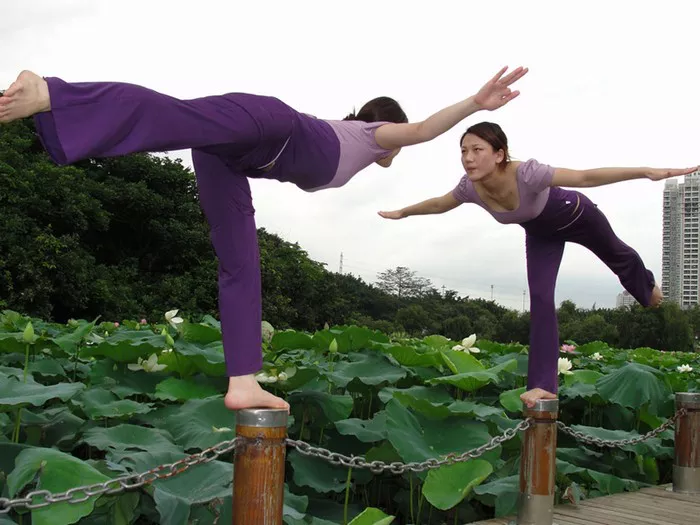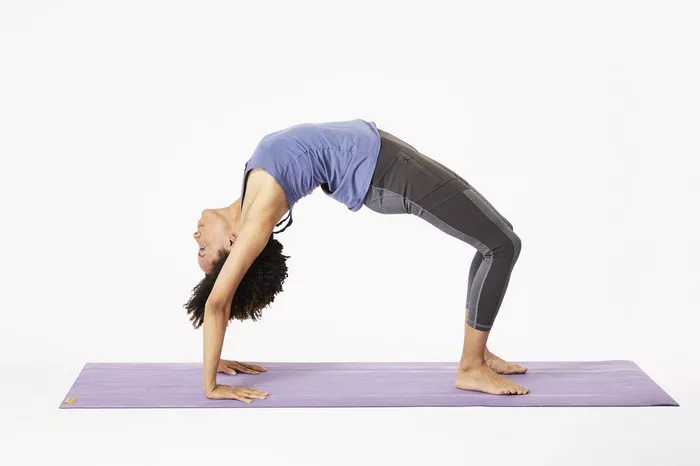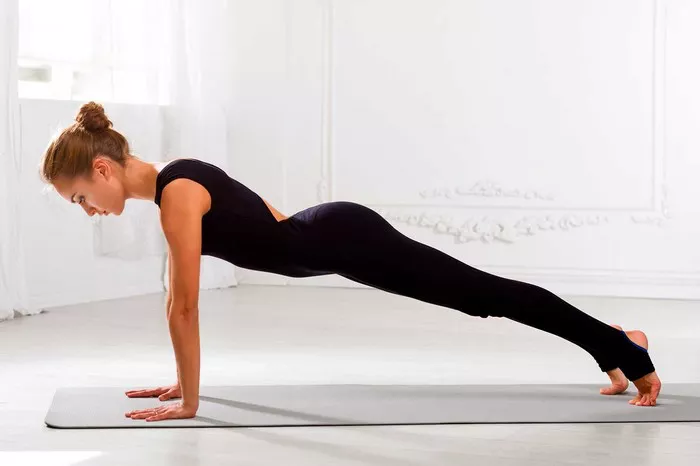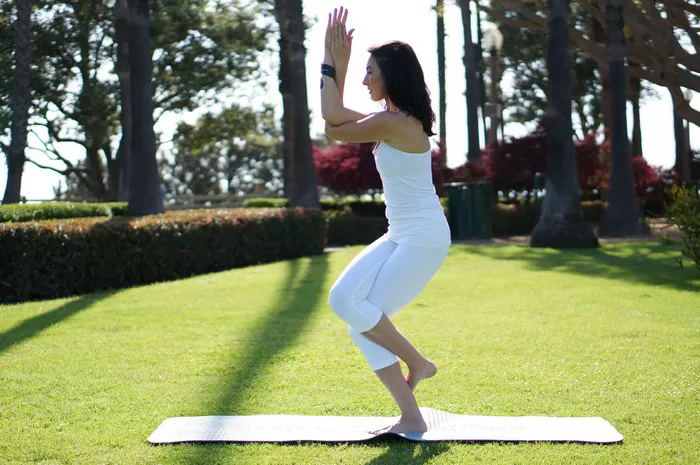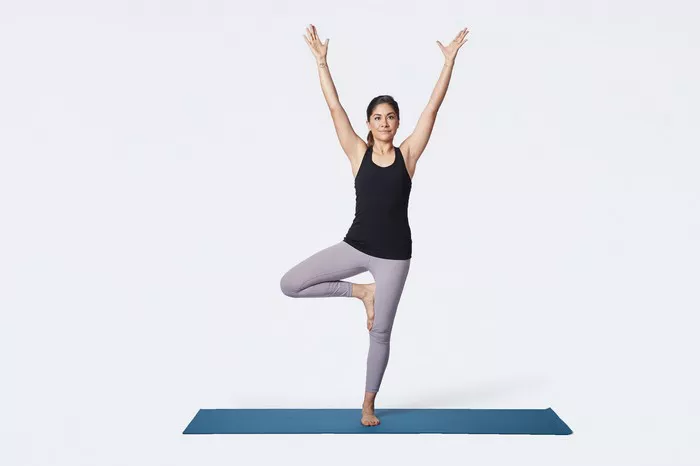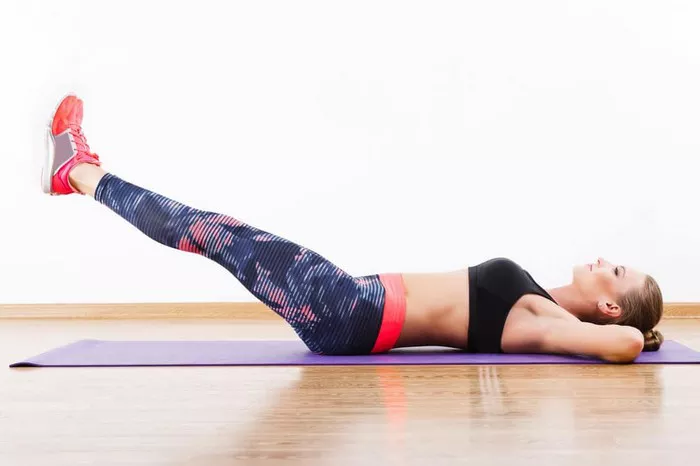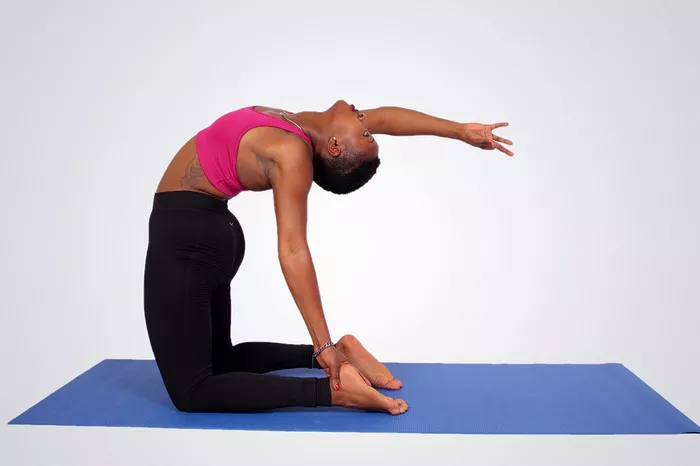Yoga, a practice steeped in ancient tradition, offers a multitude of poses, each with its unique benefits and significance. Among these, the Lightening Bolt Pose, or Utkata Konasana, stands out for its dynamic energy and grounding properties. This article delves into the origins and symbolism of the Lightening Bolt Pose, explores its myriad physical and mental benefits, provides variations and modifications to suit different practitioners, offers a detailed guide to performing the pose, and discusses essential precautions and contraindications.
Origins and Symbolism
The Lightening Bolt Pose, known in Sanskrit as Utkata Konasana, translates to “Fierce Angle Pose.” The name itself evokes the image of a powerful, electrifying stance, embodying strength and resilience. This pose has roots in ancient yogic practices, where each asana (pose) was designed to not only stretch and strengthen the body but also to cultivate a particular mental state or spiritual insight.
Historically, Utkata Konasana is believed to have been practiced by ascetics and sages who sought to harness their inner power and connect deeply with their spiritual essence. The pose is often associated with the deity Shiva, who is frequently depicted in a dynamic, powerful stance, symbolizing transformation and the profound energy of creation and destruction. This connection to Shiva underscores the pose’s symbolism of dynamic balance and the harnessing of inner strength.
In modern yoga practice, Utkata Konasana is celebrated for its ability to invigorate the body and mind. It encourages practitioners to maintain a fierce and determined attitude, helping to cultivate inner strength and resilience. The pose is not just a physical exercise but also a metaphor for facing challenges with courage and unwavering focus.
See Also: 9 Best Yoga Poses to Strengthen Your Abs
Physical and Mental Benefits
The Lightening Bolt Pose offers a wealth of benefits that extend to both physical health and mental well-being. Here’s a closer look at how this dynamic asana enhances various aspects of health and wellness:
1. Enhances Strength and Stability:
Utkata Konasana primarily targets the lower body, engaging the quadriceps, hamstrings, calves, and glutes. The deep squat position strengthens the legs and core, building endurance and stability. Over time, regular practice can enhance overall lower body strength, making everyday activities easier and reducing the risk of injuries.
2. Improves Flexibility:
While Utkata Konasana is a strengthening pose, it also promotes flexibility in the hips, thighs, and groin. The deep squat stretches these areas, increasing the range of motion and improving overall flexibility. This balance of strength and flexibility is crucial for maintaining joint health and preventing stiffness.
3. Boosts Cardiovascular Health:
Holding the pose requires sustained effort, which can elevate the heart rate and improve cardiovascular endurance. This aspect of the pose makes it an excellent addition to a cardiovascular workout, helping to boost circulation and enhance heart health.
4. Calms the Mind and Reduces Stress:
Mentally, Utkata Konasana encourages focus and determination. The intense engagement required in the pose can help clear the mind, reduce stress, and promote a sense of inner peace. It is a powerful tool for cultivating mindfulness and staying present in the moment.
5. Stimulates the Core and Improves Posture:
The pose’s emphasis on core engagement not only strengthens the abdominal muscles but also supports better posture. By aligning the spine and engaging the core, Utkata Konasana helps to improve overall posture and reduce the risk of back pain.
Variations and Modifications
Practicing Utkata Konasana can be tailored to suit different levels of experience and physical conditions. Here are some variations and modifications to enhance your practice:
1. Basic Utkata Konasana:
Start with the standard version, standing with feet wide apart, toes pointing forward. Bend your knees deeply, keeping the thighs parallel to the floor, and raise your arms overhead. Focus on keeping the chest open and the back straight.
2. Utkata Konasana with a Twist:
To add a twist, bring your hands together in a prayer position at the chest and twist your torso to the right, bringing your left elbow to the outside of your right thigh. Hold for a few breaths, then switch sides. This variation enhances spinal flexibility and detoxifies the organs.
3. Utkata Konasana with a Heel Lift:
For those with tight hips or ankles, lifting the heels off the ground can reduce strain. Perform the pose with the heels elevated on yoga blocks or folded blankets, allowing for a deeper stretch without overstraining the joints.
4. Chair Variation:
For a gentler version, perform Utkata Konasana as if sitting in a chair. Keep your back straight and chest lifted, with knees bent at a 90-degree angle. This variation is ideal for beginners or those with limited mobility.
5. Utkata Konasana with a Strap:
If you have difficulty reaching your hands to the floor, use a yoga strap around your thighs or ankles. This modification helps maintain proper alignment and reduces strain, allowing you to hold the pose longer.
Step-by-Step Instructions
Performing Utkata Konasana with precision enhances its benefits and minimizes the risk of injury. Here’s a detailed guide to mastering this dynamic pose:
1. Begin in Tadasana (Mountain Pose):
Stand with your feet together, arms by your sides, and take a few deep breaths to center yourself. Ground down through your feet, engage your thighs, and lengthen your spine.
2. Step Wide and Turn Your Toes Out:
Step your feet wide apart, about 3 to 4 feet, with your toes pointing outwards at a 45-degree angle. Ensure your feet are firmly rooted to the ground.
3. Bend Your Knees Deeply:
Inhale deeply and bend your knees, lowering your hips down as if you are sitting back into an imaginary chair. Aim to get your thighs parallel to the floor, keeping your knees aligned over your ankles. Engage your core and lengthen your spine.
4. Raise Your Arms Above Your Head:
Exhale and raise your arms overhead, keeping them parallel to each other. You can either keep your arms extended or bring your palms together in a prayer position. Keep your shoulders relaxed away from your ears.
5. Maintain the Pose:
Hold the pose for 30 seconds to one minute, breathing deeply and evenly. Focus on maintaining a strong, steady breath and keeping your chest open. Engage your core and thighs to maintain stability.
6. Release and Return to Tadasana:
To release, inhale and straighten your legs, bringing your arms down by your sides. Stand tall in Tadasana, taking a moment to observe the effects of the pose on your body and mind.
Precautions and Contraindications
While Utkata Konasana is beneficial for many, it is essential to practice with awareness and caution, especially if you have any pre-existing conditions or injuries. Here are some precautions and contraindications to keep in mind:
1. Knee or Hip Injuries:
If you have knee or hip issues, approach the pose with caution. Avoid deep bending of the knees and consider using props to support your practice. Always listen to your body and modify the pose as needed.
2. Back Problems:
For those with a history of back problems, ensure your spine remains neutral and avoid rounding your back. Engage your core muscles to support your lower back and maintain a straight, elongated spine.
3. Pregnancy:
Pregnant practitioners should avoid deep squats and any position that puts pressure on the abdomen. Modify the pose by keeping the knees slightly bent and using props for support. Always consult with a healthcare provider before practicing yoga during pregnancy.
4. High Blood Pressure or Heart Conditions:
Individuals with high blood pressure or heart conditions should avoid holding the pose for extended periods. Practice with shorter holds and avoid any strain or excessive effort. Use props to reduce the intensity if necessary.
5. Balance Issues:
If you have balance issues, perform the pose near a wall or with the support of a chair. This modification helps maintain stability and reduces the risk of falls.
Conclusion
Utkata Konasana, or Lightening Bolt Pose, is a powerful asana that embodies strength, resilience, and dynamic energy. Its practice offers profound benefits for both the body and mind, enhancing physical strength, flexibility, and mental clarity. By understanding its origins and symbolism, exploring variations and modifications, following step-by-step instructions, and adhering to precautions, practitioners can safely and effectively incorporate this pose into their yoga routine. Whether you are a seasoned yogi or a beginner, Utkata Konasana invites you to connect with your inner strength and face life’s challenges with unwavering courage and grace.

